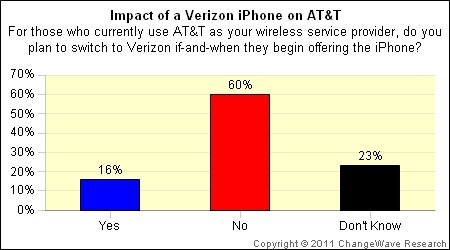Consumers increasingly want to bring content from their mobile devices to the big screen TV. No company has made this easier than Apple with its AirPlay technology, but competitors are coming.
Wi-Fi Direct supports peer-to-peer connections between Wi-Fi devices, while Miracast (Wi-Fi Display) supports display of video content from tablets, smartphones, and other devices to the TV. By 2014 over 66% of connected CE devices (non-mobile/computing devices) are expected to support Wi-Fi Direct, with the majority of those devices Miracast certified as well, according to ABI Research (www.abirearch.com). Miracast will facilitate developers bringing small screen content to the TV, according to the research group. Miracast certification is expected to come within the next few months, with Wi-Fi “services” coming in 2013 — services that will enable new functions, such as printing or gaming.
“Part of Apple’s success with AirPlay stems from its cohesive ecosystem — consumers know that multiple Apple products will work together,” says ABI Research Senior Analyst Michael Inouye. “Unfortunately, interoperability eludes other consumers, despite standards like DLNA. The desire by competitors to replicate Apple’s ecosystem has done more to fragment the market than support ease of use and interoperability. These new initiatives are attempting to address these shortcomings. Strong adoption by vendors, coupled with a better sense of what consumers want, will translate to increased consumer use in time.”
To help support the increased demands on streaming content, next generation wireless technologies are also on the near-term horizon. 802.11ac, the next generation Wi-Fi technology (branded 5G or gigabit Wi-Fi), is already available in select broadband routers with laptops not far behind.
In the CE market higher-end models will receive the upgrade first, trickling down through lower price tiers as the technology becomes more widespread. 60GHz wireless technology (802.11ad/WiGig) in tri-band configurations could also enable new usage models and experiences with its robust data rates (at shorter distances).
“Consumers today are looking for big-screen entertainment but prefer browsing and navigation on touch devices close at hand,” says TV and video practice director Sam Rosen. “Improved wireless performance and standard support for ubiquitous media sharing will give application developers the opportunity to deliver the next wave of interactive advertising and shopping experiences.”
Right now Apple certainly has the advantage with AirPlay, which lets you wirelessly stream music and video throughout your entire house or office to AirPlay-enabled devices on your network. AirPlay wireless technology is being integrated into speaker docks, AV receivers, and stereo systems from companies such as Bowers & Wilkins and Denon. If support for it contrives to increase, AirPlay will remain the technology to beat when it comes to bringing content from mobile devices to your big screen TV.
— Dennis Sellers



![[MD1] garage.com Update](https://www.mactech.com/wp-content/themes/Extra/images/post-format-thumb-text.svg)